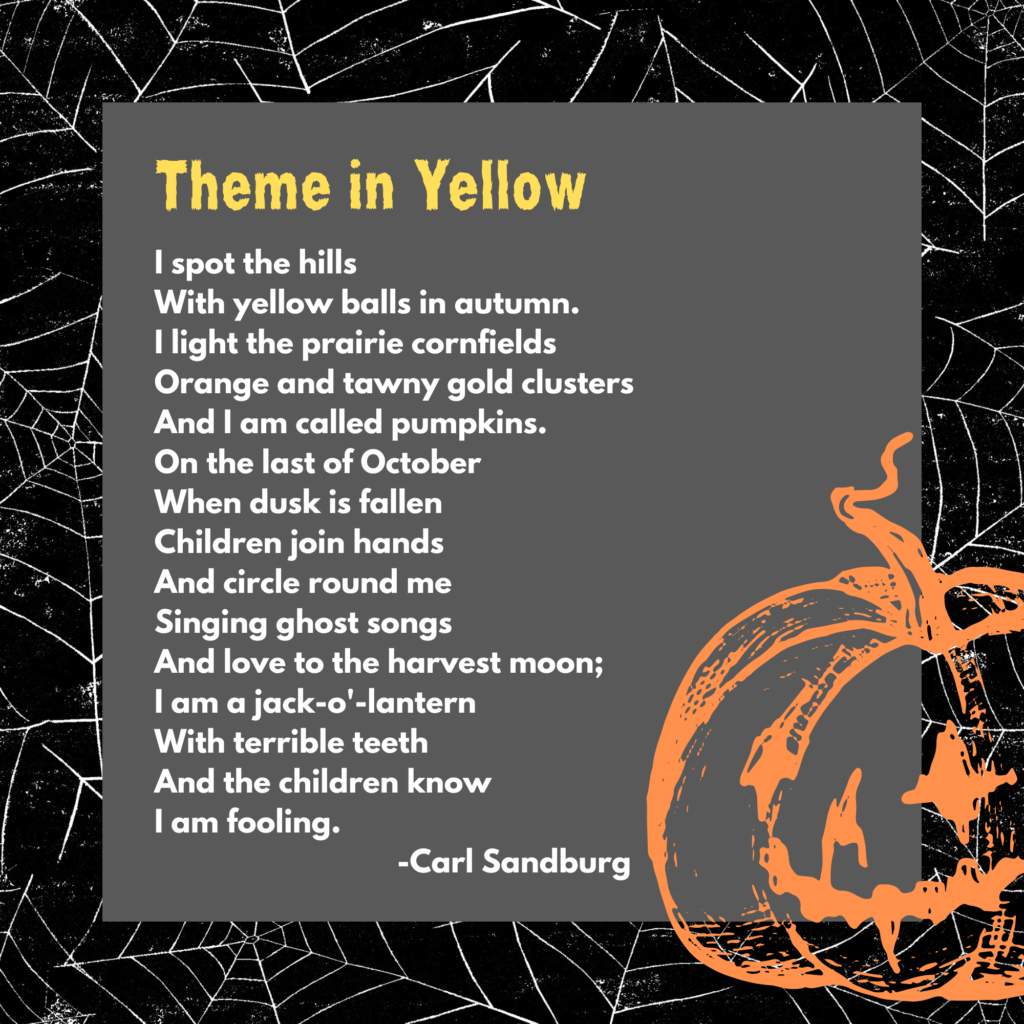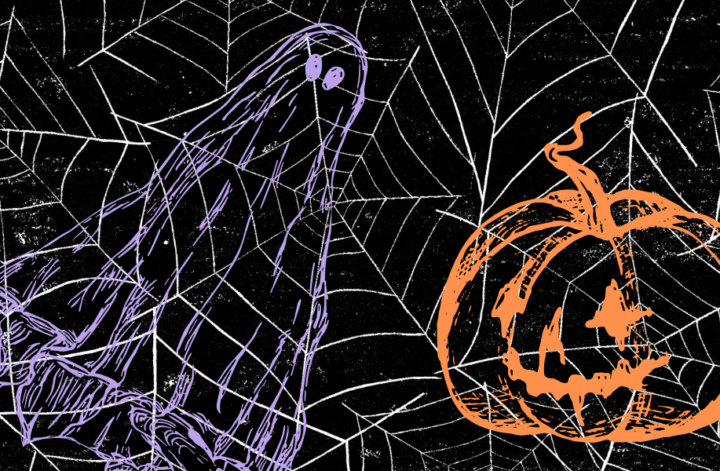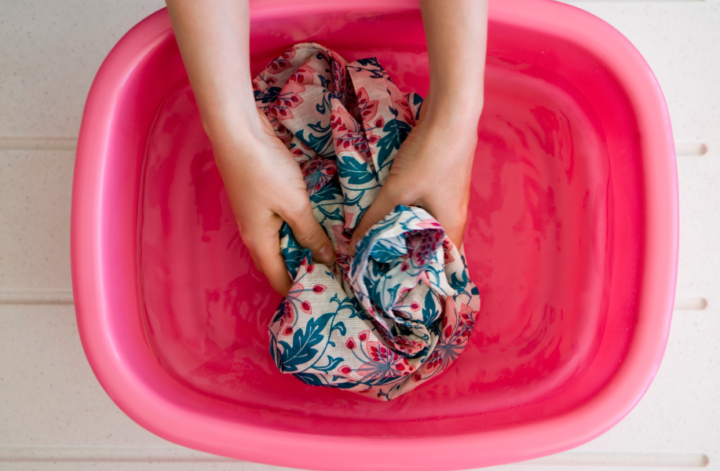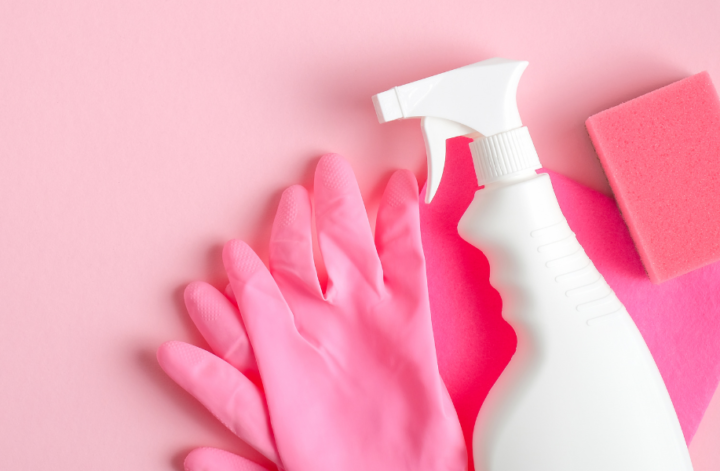As vintage sellers, we are not phased by creaky attics, dark basements, cobwebs and dust, because we are always armed with our flashlights and latex gloves. We would willingly run towards a sketchy shed rather than jump into the Mystery Machine for safety. The basement, the attic, the corners of the garage, the back of the cabinet and the top shelf of the closet are where all the good things lurk, and one must be intrepid and ready.
There are some things that scare us. A yard sale with nothing but florist vases, dollar store nonsense and nothing more than 5 years old. A reproduction so good we can’t tell if its the original or the copy. The fake vintage tat in the Halloween aisle of the big box stores. Getting late to an estate sale and having to wait in line while others go buy with their bags of treats. Those all give us goosebumps.
We’ve gathered a few Halloween treats for you. Nothing you have to make. No tricks that you need to try. Just some things for you to read, relax and breathe over with a cup of your favorite hot potion.

Americans are expected to spend $3.8 billion on Halloween costumes in 2024, which is part of a total estimated $11.6 billion spent on Halloween this year. This doesn’t include the creative homemade costumes that are hands down the highlight of the season.
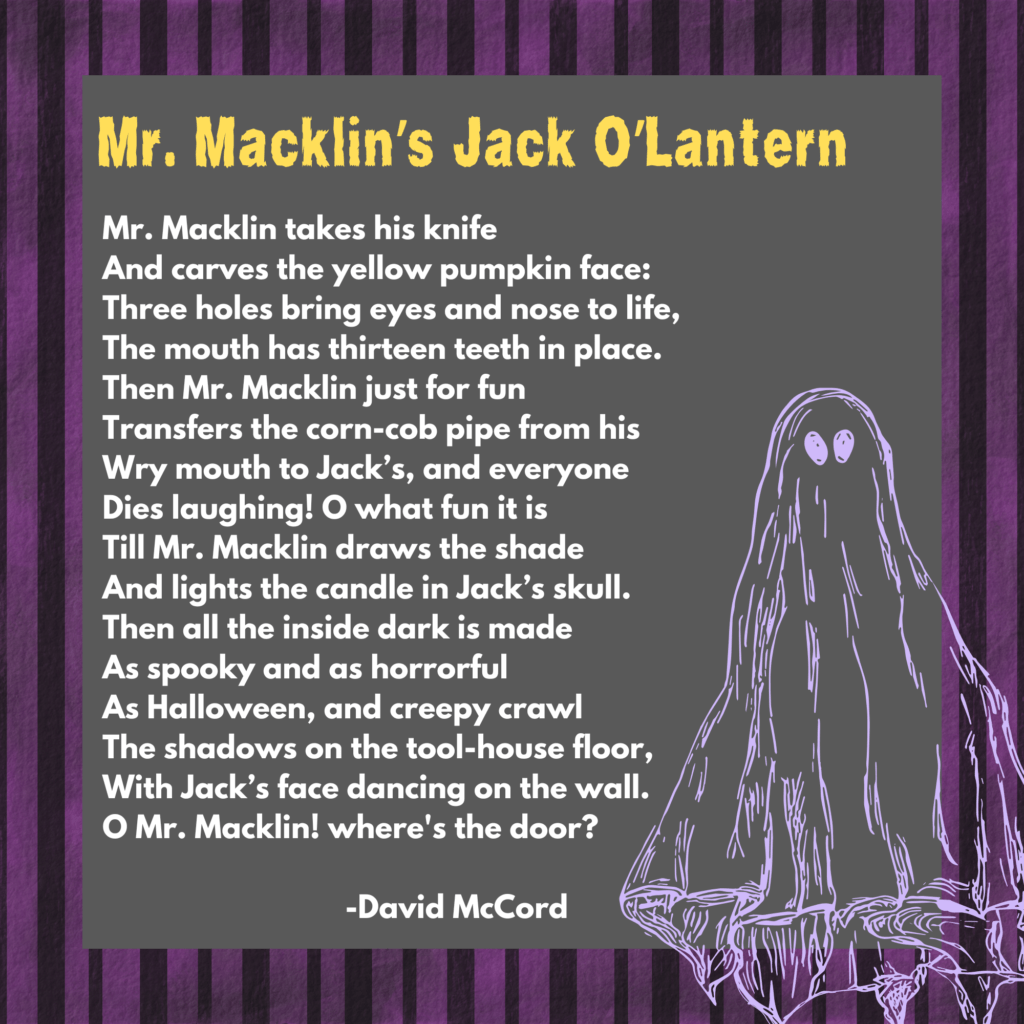
In 2023, roughly 154 million Americans planned to carve a pumpkin as part of their Halloween celebrations. About 1.9 billion pounds of pumpkins are grown each year in the US. Squishing pumpkin guts and roasting seeds is pleasant enough, but we’ll reserve our pumpkin festivities for pumpkin pie.

The average life span of a jack o’lantern is three precious days. A saggy, moldy jack before its time to shine is a terrifying sight. There are thousands of tips for extending a jack’s life, ranging from soaking it in a diluted bleach bath, spraying it daily with diluted bleach and rubbing the cut surfaces with petroleum jelly (only do this for battery operated candles). Those all seem like too much work. The one recommendation that’s no sweat and makes sense is to carve your jack with the hole in the bottom, not the top. That allows the moisture to drip out instead of collect and fester.
